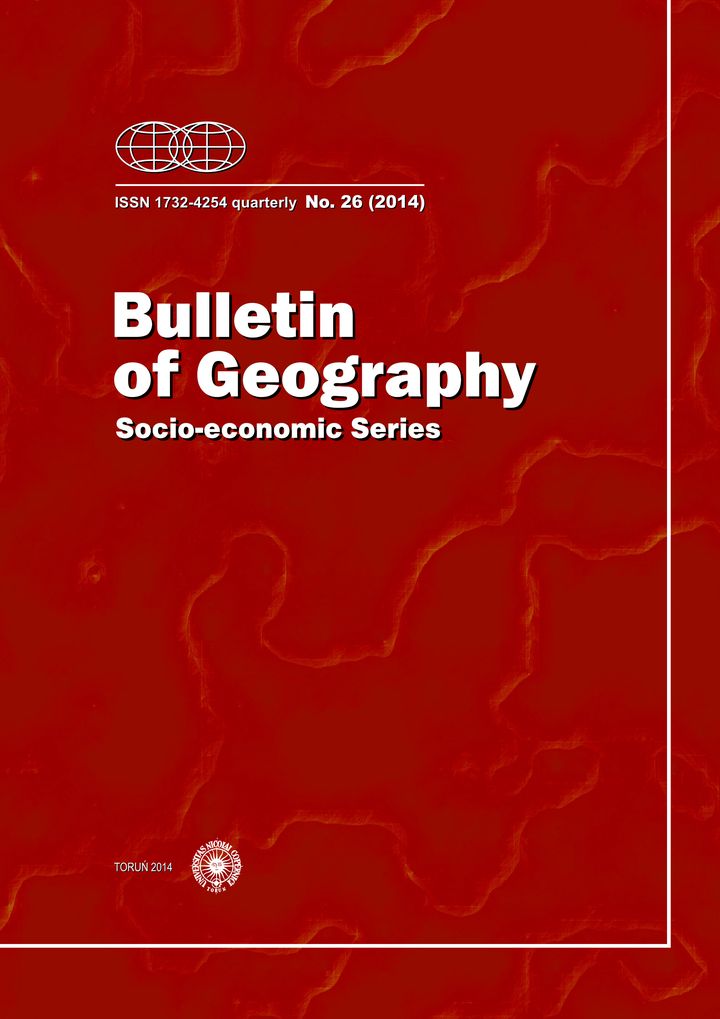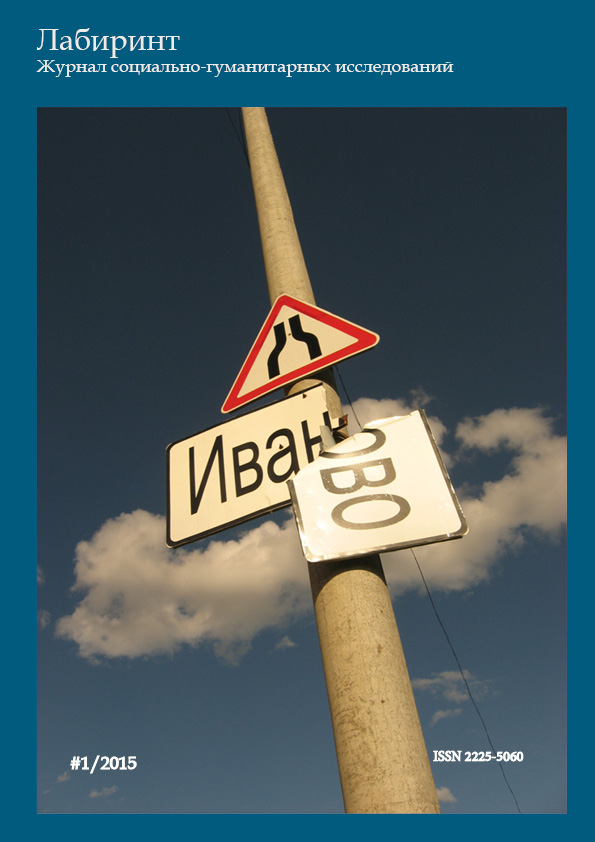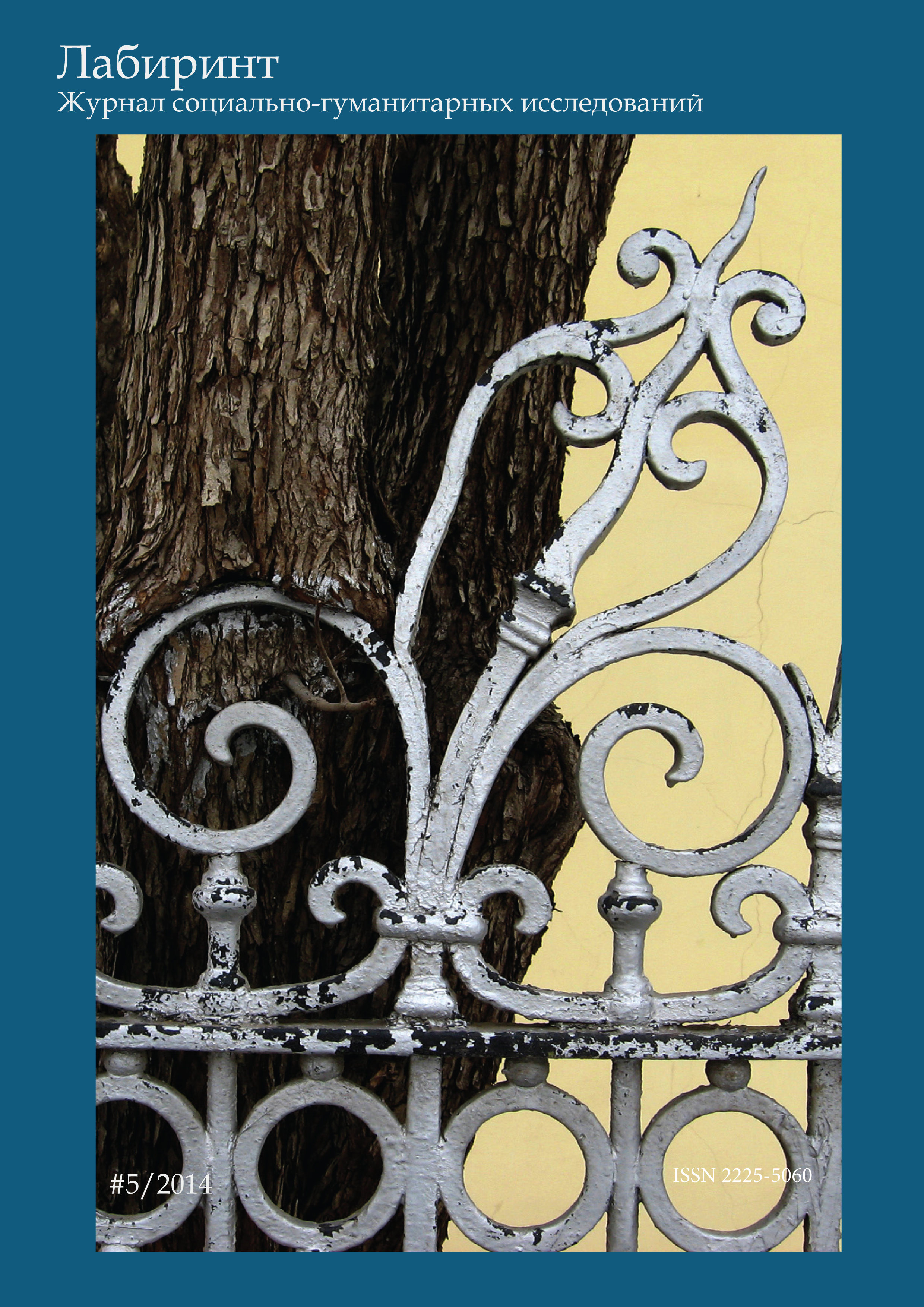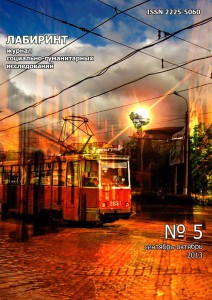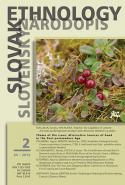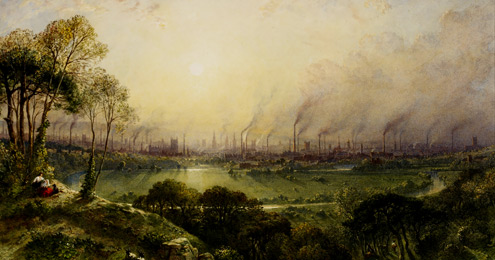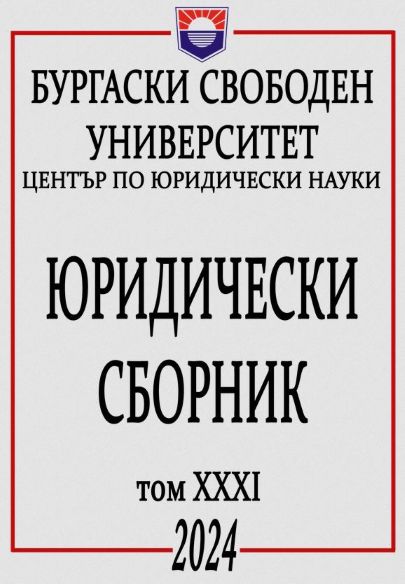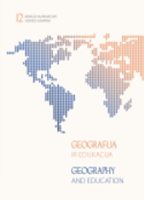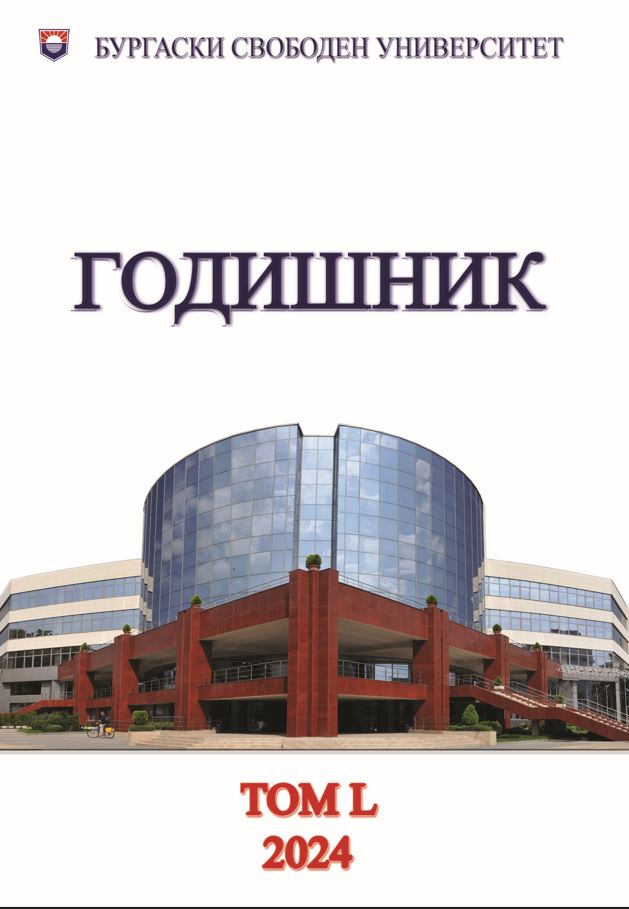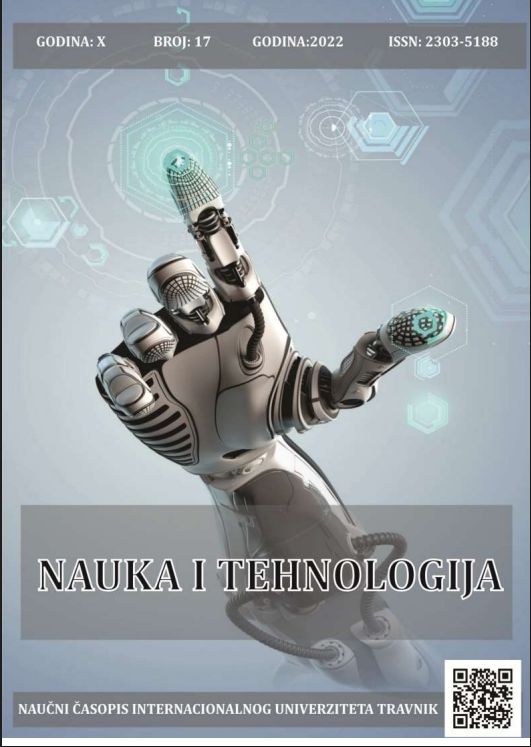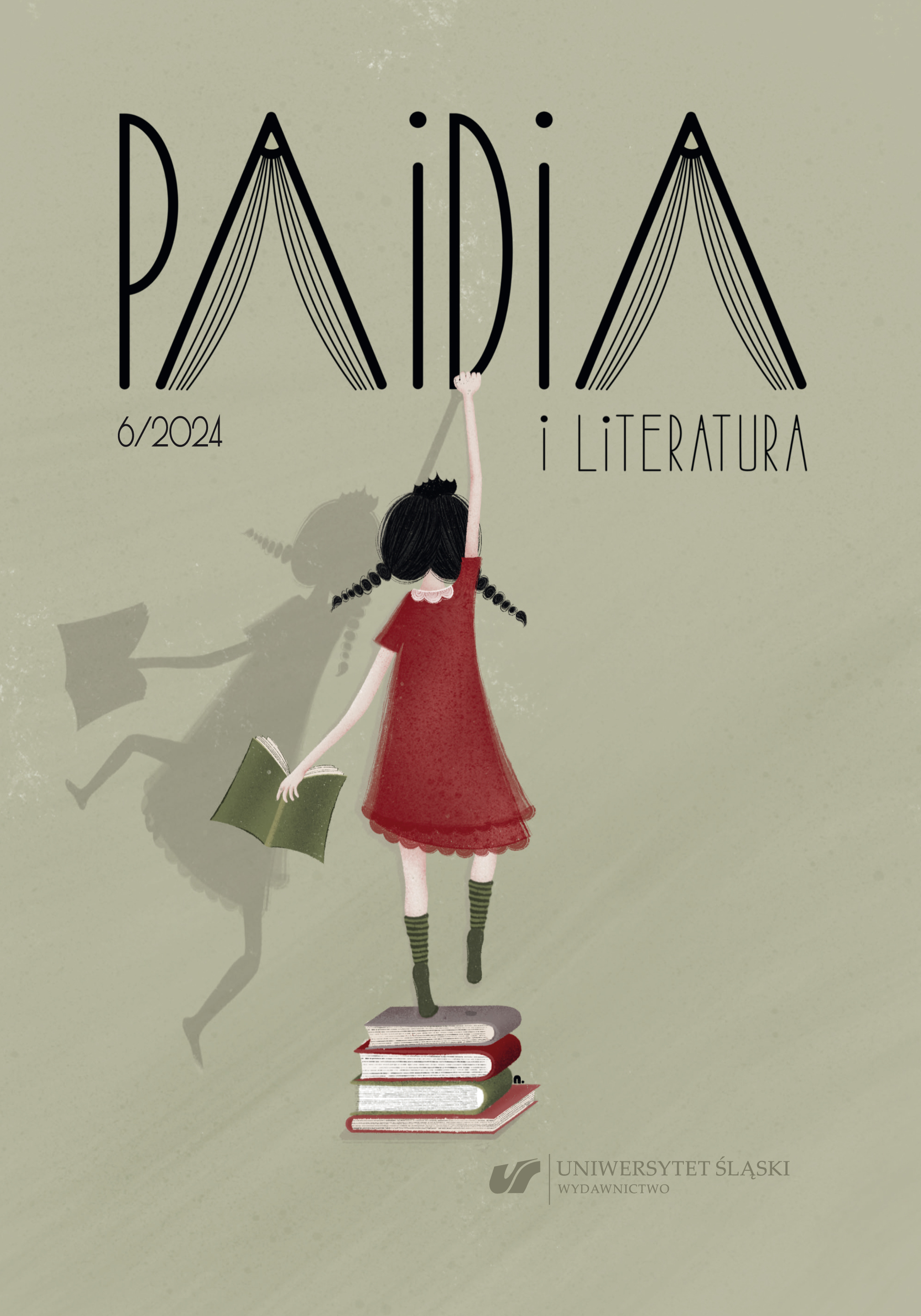Author(s): Viktor Pál / Language(s): English
Issue: 1/2017
This article aims to tell the ‚pre-history‘ of environmental movements in East-Central Europe with a special emphasis on Hungary and her prime industrial region, the Borsodi Basin in the valley of the Sajó River. Soon after the communist takeover, the Borsodi Basin was designated as one of the new Stalinist industrial centers of Hungary. The First Five Year Plan (1950-4) treated the geographical axis between Ózd and Miskolc as a top economic priority. Heavy industrial investments continued after 1956, and the Borsodi Basin, including the towns of Miskolc, Ózd, Kazincbarcika, Sajószentpéter and Leninváros, emerged as a fortress of both old coal and new natural gas/oil based production centers, second only to Budapest. The Borsodi case was not unique internationally. Rather the contrary, what Borsod witnessed was the
stereotypical vicious circles of industrialization, urbanization, water shortage, water supply extensions, increasing water pollution and expensive water cleaning projects, which had changed many of the European industrial areas since the eighteenth century. During the 1960s and 1970s the dominance of iron and steel manufacturing was contested by the emerging thermoplastic and petrochemical production in Borsod. New chemical factories represented an internationally competitive branch of industry in comparison with Europe, but also released significantly more harmful and larger amounts of wastewaters than iron and steel works. To control industrial wastewater discharges on a larger scale, the Hungarian state tightened its ambiguous and inefficient wastewater fine system in 1968. During the 1970s, the Hungarian wastewater fine system, combined with economical industrial investments and end-of-pipe technologies, was able to significantly reduce energy needs and discharged wastewater per production ton. Simultaneously, the state facilitated individual environmental concerns of citizens within the controlled spheres of society. Professional and social debates over water issues increased rapidly after 1956. Due to escalating water pollution issues the water quality of the
Sajó River and her tributaries was at the forefront of professional and public concern in Borsod from the end of the 1950s.
More...
